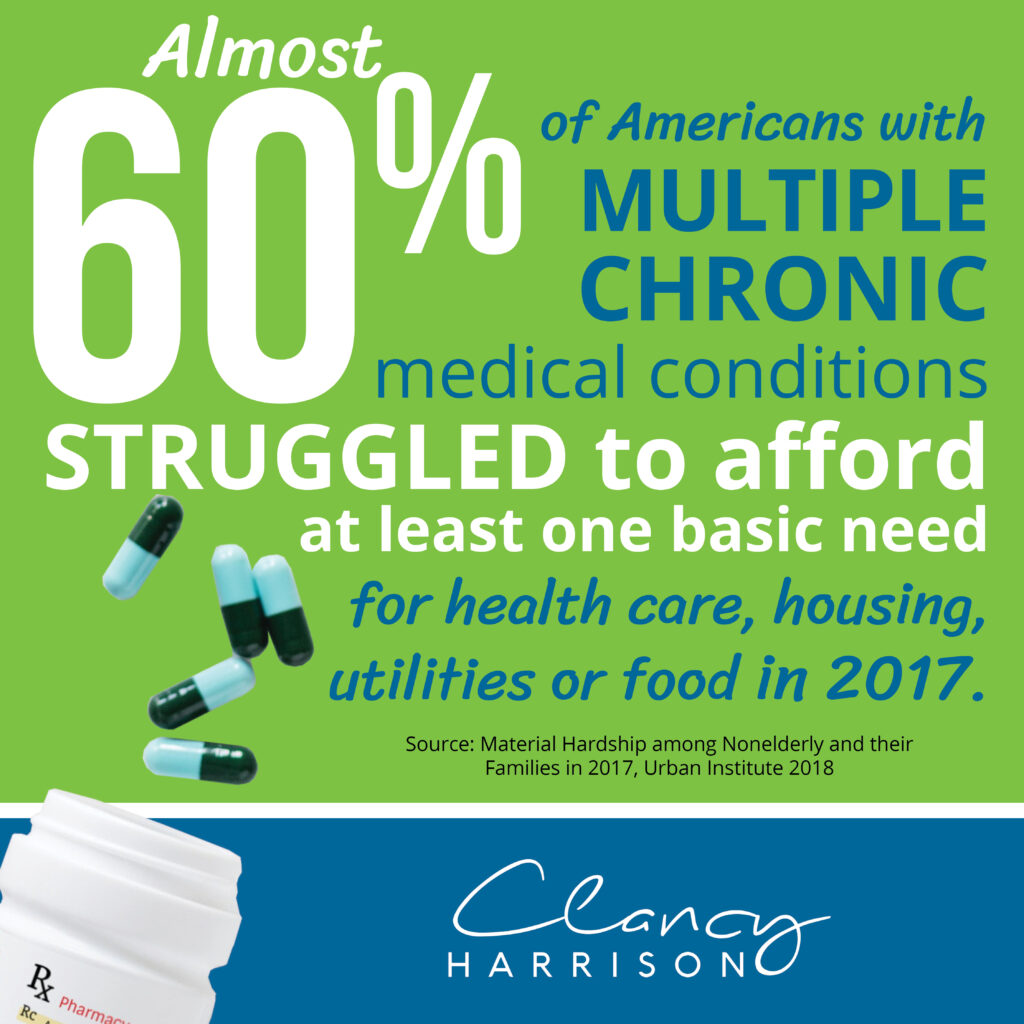Why Premium Gym Members Can’t Afford Balanced Meals

As a keynote speaker, my goal is to help leaders and experts view situations through the lens of the person they are trying to help. I teach people to stop making assumptions and peel back their layers of perception {or at least to work in that direction}. It is a hard concept to adapt and it is something people must work on daily. My coach said to me, “we often teach what we most need to learn.”
I made a catastrophic assumption!
Recently, I made an assumption. I assumed that members of a gym can afford a steady supply of healthy food. After all, if you can afford a gym membership, you can afford food…..right?
As a dietitian, I work with a couple of local gyms. Six months ago, the owner of a premier gym, served me access to his clients on a silver platter! Suddenly, I had access to people starving for nutrition consultation who are willing to pay out of pocket. I politely refused. I refused because my mission is to help poor people eat healthy, not rich people.
The Life-Changing Magic of the Gym
This gym is unique. The gym provides high-quality personal fitness coaching in small group and private sessions for all fitness levels. Many of the clients trust the owner with their medical complications such as knee, hip, and back pain. For many of the clients, the trainer’s expertise combined with their commitment to physical activity is life-saving. The trainer provides specialized and individualized workouts that are modified for anyone and everyone at any time. Clients are constantly losing weight, improving functional health, and becoming stronger.
Ask the Right Questions to Learn More!
While I refused the work, the owner of the gym never gave up. In order to work with the clients, I suggested a survey to determine the client’s needs, desires, and fears. We also screened for food insecurity. Screening for food insecurity evaluates a person’s steady access to nourishing food. I was convinced the screening results would provide the proof that his clients did not match my ideal client profile.
Knowing the monthly membership fee, I selected a softer validated screening question. A less invasive validated question. I pulled the question from the Guide to Measuring Household Food Security and asked:
(I/We) couldn’t afford to eat balanced meals. Was that often, sometimes, or never true for (you/your household) in the last 12 months?
So, the survey came back and this is what we learned!
- Most of the membership respondents want to learn about meal planning, nutrition accountability, and medical nutrition therapy.
- Many of the people preferred monthly class open to anyone compared to intensive personal nutrition education.
……….but when I asked if they couldn’t afford balanced meals; 9% said this was often true, 27% said it was sometimes true, 59% said it was never true, and 5% said they did not know.
36% of the respondents screened positive for food insecurity.
I was flabbergasted. Again, I made an assumption based on my perceptions. I assumed everyone at this gym had access to nourishing foods and could afford to eat fresh produce to manage and prevent chronic disease. This is another reminder that I am still learning how to curb my judgment.
How can they afford the gym but not a nourishing meal?
I pondered the same question. In the survey, I also asked difficult questions. I asked the participants about their deepest fears and struggles. I asked the participants what keeps them up at night. This is what I learned:
- Many people said they suffered from stress and anxiety.
- They struggled financially.
- One respondent said she stays up worrying if she will be able to provide for her kids.
- Their biggest fears included death, dying alone, gaining their weight back, being forgotten, and not having financial security.
Let’s break this down based on the information we learned.
Many of the survey respondents are overweight and some are morbidly obese who also have a chronic disease diagnosis. Not to mention, exercise is a scary word to most people too. Exercise with a chronic disease is even more frightening to a patient who struggles from knee or back pain. Many of the people I have worked with who are overweight find it difficult to walk for 2 minutes.
A patient with this fear and determination are forced to make difficult choices. While the clients at this gym are in a position to pay for a membership, some of them make sacrifices in other areas of their life. They might opt for lower quality foods instead of fresh produce, high fiber foods, and lean meats to subsidize their gym membership. However, the clients are given the opportunity to exercise in a safe, positive, and uplifting environment. The gym is saving their life.
A reminder of the Real Face of Hunger
- 78% of Americans live paycheck to paycheck.
- Nearly 40% of adults reported that they or their families had trouble meeting at least one basic need for food, health care, housing, or utilities in 2017!
- Approximately, 60% adults with multiple chronic conditions experience a variety of hardships. For these adults, they make a difficult decision between food, medicine, utilities, housing, hygiene, and much more!

> Share this post on Facebook <
> Share this post on Twitter <
National Nutrition Month Call To Action!
In celebration of National Nutrition Month, I urge my colleagues and fellow health care providers is to learn more about food insecurity and hunger awareness. Everyone regardless of the scope of practice and industry work with, employ or educate people who struggle to eat a well-balanced meal. People who struggle with food insecurity are right in front of us all of the time.
Let’s stop making the wrong assumptions about the real face of hunger in the United States and seek to learn more!
Watch Clancy’s TEDx!
Note: The survey was not statistically significant but does raise the awareness to research this topic in more depth.
1 Comments
-
[…] more importantly, a patient who has a full-time job can also be food insecure. In fact, many people who are food insecure do work and often patch multiple part-time jobs […]
Leave a Comment

Welcome to the Food Dignity® blog, where each article exposes the truth about hidden hunger and food insecurity.
Want to learn more about how we might work together?
Fight hidden hunger by becoming a
Food Dignity® Champion and take the HIDDEN HUNGER PLEDGE >




